| Content | Rupert Neve Designs R6 500 Series chassis is a 6-space, steel rack enclosure that sports XLR, TRS, and DB-25 I/O to work with any studio setup. To ensure your modules are properly powered, the R6 has 150% of the required current, so you'll never be underpowered. It also has a built-in LED display to show current consumption and a double-shielded internal power supply that won't add any interference or unwanted noise to your signal. Rupert Neve is an audio legend. So you know when he designs a 500 Series chassis, it's top-shelf, all the way. Give your 500 Series modules the pampering they deserve with the Rupert Neve Designs R6 500 Series rack.
Genius in the details
With the Rupert Neve Designs' RND R6, there's genius in the details. The R6's double-shielded internal power supply was meticulously designed to avoid magnetic induction in any of its module slots. The power supply is a Switchmode type, and great care was taken to ensure that the frequencies are considerably outside the audible band. There's an internal jumper configuration that makes it easy to link slots in pairs. It's even fitted with variable-position screw holes that slide to accommodate modules that are slightly out-of-spec, which makes the insertion of modules quick and easy. Trust Sweetwater: when it comes to 500 Series racks, the RND R6 is as good as it gets.
Rupert Neve Designs RND R6 500 Series Rack Features at a Glance:
- Supplies 150% of the required current
- LED current consumption meter displays available current
- XLR, TRS, and DB-25 I/O
- Variable-position screw holes make for quick and easy module insertion
- Double-shielded internal power supply designed to avoid magnetic induction in module slots
- Switchmode PSU with frequencies considerably outside audible band
- Internal jumper configuration lets you link slots in pairs
| Originally developed for the dynamics circuit of the acclaimed Shelford Channel, the 535 Diode Bridge Compressor captures the soul of Rupert Neve’s original 2254 compressor while providing modern updates including advanced timing control, significantly lower noise, fully stepped controls throughout, and internal parallel processing capabilities.
What is diode bridge compression?
Where the VCA compressor found in the Master Buss Processor provides unmatched clarity, the weighty, harmonically rich tonality of diode bridge compression can be essential in pushing key sources like vocals, electric guitars, bass and drums to the forefront of a mix.
By understanding the limitations of vintage units like the legendary 2254, painstaking effort was taken to reproduce the unique tone of these classics while improving the noise floor & accuracy, expanding inflexible time constants, adding full wave sidechain detection for improved dynamic response, and widening the range of threshold and ratio controls.
Delivering the powerful sound of these iconic designs with enhanced flexibility for the modern age, the 535 Diode Bridge Compressor is a dynamic tool equipped to make a bold statement on virtually any mix or track.
LINE INPUT TO LINE OUTPUT
- Compressor Bypassed.
- Z source = 40 Ohm Balanced
INPUT IMPEDANCE
10K Ohm
OUTPUT IMPEDANCE
40 Ohm
MAXIMUM INPUT LEVEL
+23.5 dBu
MAXIMUM OUTPUT LEVEL
+23.5 dBu
NOISE
- 22 Hz - 22 kHz BW.
- -101 dBu
FREQUENCY RESPONSE
- 10 Hz - 120 kHz, 30ft Output XLR Cable.
- +/- 0.25 dB
THD+N
- @ 1 kHz @ Maximum Output Level, 22 Hz - 22 kHz BW.
- 0.001%
| Mu-so 2nd Generation is the successor to the multiple award-winning Mu-so wireless music system, re-engineered for class-leading performance, functionality, and usability by Naim's experts in Salisbury, England.
Combining Naim's 45 years of hi-fi mastery with the very latest music-streaming technology and premium design quality, this is the ultimate single-box system you and your music deserve. From up to 32bit high-resolution streaming to multiroom music to HDMI TV sound; you’ve never heard it so good from an all-in-one wireless system.
The all-new multicore Digital Signal Processor (DSP) drives higher performance, providing 2000 MIPS (Million Instructions Per Second) compared to the original Mu-so’s single-core, 150MIPS DSP.
Naim has also created a new limiter algorithm that keeps each of Mu-so 2nd Generation’s speaker drivers’ movement under control when at high volume levels. The new limiter, by design; is only active at extreme volume levels, and helps to retain the music’s clarity and increase long-term reliability.
Premium aluminum casing, in a new burnished grey finish.
It may look similar outside, but inside Mu-so 2nd Generation, the majority of components have been upgraded to improve performance.
The cabinet design has been re-engineered to create 13% more internal volume, enabling bigger, better bass. Both the cabinet bracing and baffle molding have been redesigned for improved rigidity, which suppresses and controls vibrations.
The distinctive heat-sink fins are now more compact, while still being ultra-effective, and continuing to feature Naim patented technology that discreetly incorporates the Wi-Fi antenna.
Specifications
Audio Inputs
HDMI: ARC in with CEC
Streaming: Apple AirPlay 2, Chromecast Built-in, UPnP, Spotify® Connect, TIDAL, Roon Ready, Bluetooth, Internet Radio
Analog input: 3.5mm Jack
USB: USB2 (Type A connector)
Digital (S/PDIF): Optical S/PDIF up to 96 kHz
Connectivity
Multiroom: Sync up to five Naim streaming products and control via the Naim App
Network: Ethernet (10/100Mbps), Wi-Fi (802.11a/b/g/n/ac), BLE v4.2
Formats
Internet radio formats: Windows Media-formatted content, MP3, ACC, Ogg Vorbis streams and MMS
Internet radio provider: vTuner Premium 5*
Audio formats
WAV, FLAC and AIFF – up to 24bit/384kHz
ALAC (Apple Lossless) – up to 24bit/384kHz
MP3 – up to 48kHz, 320kbit (16 bit)
AAC – up to 48kHz, 320kbit (16bit)
OGG and WMA – up to 48kHz (16bit)
DSD- 64 and 128Fs
Bluetooth - SBC, AAC
Note: Gapless playback supported on all formats
Warranty: Two years
Physical
Finishes: Burnished and anodized aluminum casework, CNC milled, bead blasted and anodized aluminum heatsinks, dual-tone grey and black fabric grill or light wood veneer and beige fabric grill.
Weight: 24.69 lb
Dimensions (HWD): 4.8" x 24.7" x 10.4"
Amplifier output: 450 W – (6 x 75 W)
Power Consumption
Typical use: 17 W
Standby mode: < 2 W
Deep sleep (No-network standby mode): < 0.5 W
Speaker system: Stereo 3-way; DSP-optimised vented box acoustic system
Supplied with: Dual-tone grey and black grill, remote control, power cord, reset pin-hole tool and information booklets | Simple and elegant, the 5211 is the natural evolution of what is arguably the most famous gear in audio recording history: Rupert Neve’s microphone preamps.
With two channels of the classic tone you know and love, 72dB of gain, sweepable high-pass filters for precise control, and the power of Mr. Rupert Neve’s dual-tap transformers with variable Silk saturation, the 5211 delivers a versatile, flattering, and uncompromising front end for any signal path. In short, it’s everything a mic preamp should be.
What is Silk?
One of the key features of the 5211 is the Silk / Texture control. The Silk circuit was initially developed for the original Portico series mic preamplifiers, and was only a single switch – on or off – that added a specified amount of musical, pleasing harmonic saturation to the unit’s output stage.
Taking this concept one step further, the Texture knob is designed to adjust the actual amount of harmonic content from the source material.
So how does it work? By reducing negative feedback across the output transformer and adjusting this feedback’s frequency response, the Silk / Texture circuit provides the sweet, musical saturation found in Rupert’s legendary vintage designs – but with complete & precise control over the amount of classic tone you want. And when the level is driven to the edge of its headroom, the Silk effect is multiplied.
Why a -6dB Output?
Complementing the Silk circuit is the custom-designed output transformer from the renowned Shelford Channel, which uses Rupert Neve Designs’ unique dual-tap output topology. This offers both full-headroom (+26dBu) and -6dB outputs, allowing the engineer to drive the unit fully into classic transformer saturation without clipping converters and other devices later in the chain.
Unlike the Shelford Channel, which uses a mic input transformer for a more vintage topology, the 5211’s input is fully transformerless, maximizing signal clarity direct from the microphone. Combined with the more extreme saturation from both variable Silk and the custom output transformer’s lower-headroom tap, the 5211 is capable of producing tones ranging from thick & warm to breathtakingly delicate & clear. It’s the best of old and new alike.
MAXIMUM INPUT LEVEL
@ 1 kHz: +26 dBu
NOISE
- Un-weighted, 22 Hz - 22 kHz, 150 Ohm input termination
- Line Out (Unity Gain): -104 dBV, -101.9 dBu
- -6 dB Line Out (Unity Gain): -109 dBV, -107 dBu
- Line Out (+30 dB Gain): -98 dBV, -96 dBu
- Line Out (+66 dB Gain): -66 dBV, -64 dBu
EQUIVALENT INPUT NOISE (EIN)
-128 dBV, -126 dBu
FREQUENCY RESPONSE
-0.2 dB at 10Hz, -2.9 dB at 120kHz
MAXIMUM OUTPUT LEVEL
- 1 kHz: +26.5 dBu
- 20 Hz to 30kHz +26 dBu
TOTAL HARMONIC DISTORTION AND NOISE (WITHOUT SILK)
- 1 kHz, +20 dBu O/P level, no load 0.0015%, typical
- 20 Hz, +20 dBu O/P level, no load less than 0.02%, typical
TOTAL HARMONIC DISTORTION AND NOISE (WITH SILK ENGAGED)
- TEXTURE @ min, 100 Hz, +20 dBu O/P level, no load: 0.03%, mostly 3rd harmonic
- TEXTURE @ max, 100 Hz, +20 dBu O/P level, no load: 1.5%, mostly 2nd harmonic
POWER CONSUMPTION
35 W (Max)'
PRODUCT DIMENSIONS
19” W x 1.75” H x 7 ⅝” D
SHIPPING WEIGHT
11 lbs. (5 kg)
SHIPPING DIMENSIONS
23” W x 15” D x 7” H (58.4cm W x 38.1cm D x 17.8cm H) | The Rupert Neve Designs Portico II Master Bus Processor lets you enhance, reshape, and polish your sound to perfection. Whether you want to add finishing touches to your master bus, level out a stereo group, or add new life to mono sound sources, the Portico II Master Bus Processor gives you the compression, limiting, and stereo field manipulation you need. Featuring custom input and output transformers designed by Rupert Neve, the Portico II Master Bus Processor implements the same ultra-smooth Class A signal processing made famous by the 5088 console and the Portico II Channel, as well as 72V topology, which gives it enormous headroom while allowing it to integrate seamlessly with virtually any system. If you’re serious about your sound, then it’s time to ask your Sales Engineer about the Rupert Neve Designs Portico II Master Bus Processor!
Powerful and flexible compression
Both channels of the Portico II Master Bus Processor feature one of Rupert Neve Designs’ most versatile compressors to date. Whether you want to add punch to your mix or smooth out your vocal subgroup, the Portico II Master Bus Processor has the compression you need. Controls for ratio, threshold, attack, release, blend, sidechain highpass filter, limiting, and makeup gain let you dial in the perfect dynamics quickly and easily. Use the two compressors independently, or instantly link them with the push of a button. Variable Silk Red/Blue Texture controls let you add classic Neve harmonic warmth; while a blend control lets you dial in the dry signal for instant parallel processing, so you can get all of the compression you want without losing transients. In addition, the Portico II Master Bus Processor gives you a choice of either vintage-flavored feed-back or modern-sounding feed-forward compression modes.
Transparent, musical limiter that’s effortless to use
Often overlooked at first glance, the Portico II Master Bus Processor’s 1-knob limiter is a powerful, flexible, and remarkably easy-to-use tool that lets you get the most out of the Portico II Master Bus Processor’s compression section. Rupert Neve Designs’ Adaptive Release Technology gives this limiter its unique ability to grab onto fast transients, without smothering the rest of the signal. Plus, you have the option to blend compressed and dry signals together for parallel processing that maintains natural-sounding dynamics without clipping. This gracious behavior means you can set it and forget it, with the added security of knowing your masters will be free from clipping and broadcast-ready.
Sidechain inserts for creative ducking
Every dynamics processor has a sidechain circuit that examines the signal and determines how much the VCA will reduce gain — but not every unit provides access to its sidechain. In compressors without a separate sidechain input, your main input signal is, essentially, compressing itself. With compressors like the one in the RND Portico II Master Bus Processor, you can insert external processing on the sidechain — or introduce a different signal that determines the compression action on the main signal. It’s an incredibly useful feature that lets you, for instance, automatically duck a track to make space for another (very popular for that EDM mix pumping effect). Combined with the sidechain HP filter, it gives you an impressive amount of tonal versatility.
Amazing Stereo Field Editor
Although the Rupert Neve Designs Portico II Master Bus Processor functions wonderfully as a dual-mono processor, it really shines in stereo mode. That’s thanks to its unique Stereo Field Editor. The Stereo Field Editor uses advanced Mid/Side stereo manipulation techniques, allowing you to adjust your stereo bus’s width, depth, and ambience. Beyond widening your stereo image, the Portico II Master Bus Processor can actually bring center-panned instruments out in your mix. That makes the Portico II Master Bus Processor an invaluable tool for mastering, as well as defining the spread of your subgroups during mixdown.
The legend continues
Rupert Neve’s 80 Series consoles had a huge, punchy, and authoritative sound that defined the sound of ’70s rock. From London to New York to Los Angeles and beyond, top studios were installing Neve boards as fast as they could. By 1977, with the introduction of the NECAM automation system, 80 Series boards were the main component of the success formula for any recording studio with world-class aspirations. Mr. Neve’s current company, Rupert Neve Designs, continues to advance the state of the art with cutting-edge products that sound incredible and intelligently address the challenges of the digital age. With your Rupert Neve Designs Portico II Master Bus Processor from Sweetwater, the legend continues.
Rupert Neve Designs Portico II Master Bus Processor Features:
- Powerful 2-channel compressor/limiter/stereo field manipulator
- Custom input and output transformers designed by Rupert Neve
- Full compression sections for both channels, including attack, release, ratio, and threshold controls
- Sidechain inserts and highpass filters for both compressors
- Feed-back/Feed-forward switch lets you select between vintage-style and modern compression modes
- Silk Texture control with Red/Blue modes for classic Neve harmonic warmth
- Blend controls allow you to mix dry signal back into your compression, preserving transients while adding punch
- Simple and highly musical 1-knob limiter with Adaptive Release Technology allows for brickwall limiting that doesn’t distort or affect signal under the threshold
- Stereo Field Editor section includes independent level and EQ for width and depth, allowing you to dial in the perfect stereo field
| This is the product to get if digital setup is confusing or overwhelming. Just add a power amp and speakers for a fully functional streaming platform with one of the neatest most intuitive manufacturer apps out there: BluOS.
A Sabre DAC ensures detailed and musical output, and the NAD C 658 also features Dirac room correction. And yes, it'll do the "full unfold" of all MQA content.
Features
- BluOS Network Streaming with MQA Decoding
- ESS Sabre DAC
- Dirac Live Room Correction*
- Gigabit Ethernet
- Dual Band Wi-Fi ac/n
- 2-way Qualcomm aptX HD Bluetooth
- 2 x MDC Slots for Future Expansion
- MM Phono Input
- 2 x Line Inputs
- 2 x Optical Inputs
- 2 x Coax Inputs
- Balanced Preamp Output
- Preamp Output
- Stereo Subwoofer Output
- High Current Headphone Out
- USB socket for adding optional wireless output module
- IR In with Learning Function
- Trigger Out/In
Specifications
Supported audio file formats: MP3, AAC, WMA, OGG, WMA-L, ALAC, OPUS, MQA, FLAC, WAV, AIFF, Supports converted DSD playback via the BluOS desktop app (only)
Native sampling rates: Up to 32 bit/192 kHz
BluOS
Supported operating systems: Plays music from network shares on the following desktop operating systems: Microsoft Windows XP, 2000, Vista, 7, 8 to current Windows Operating Systems and Mac OS X versions
User interface mobile operating system: luOS – Free Android and iOS App available online at Google Play and Apple App store
Supported cloud services: Spotify, Amazon Music, TIDAL, Deezer, Qobuz, HDTracks, HighResAudio, Murfie, JUKE, Napster, Slacker Radio, KKBox, BugsFree internet radioTuneIn Radio, iHeartRadio, Calm Radio, Radio Paradise
Bluetooth: Bluetooth aptX HD wireless built-in, two-Way
Network connectivity: Gigabit Ethernet RJ45, WiFi 5 (802.11 ac/n)
Dimensions (WHD): 17-1/8" x 3-15/16" x 16"
Shipping weight: 22.3 lb
|


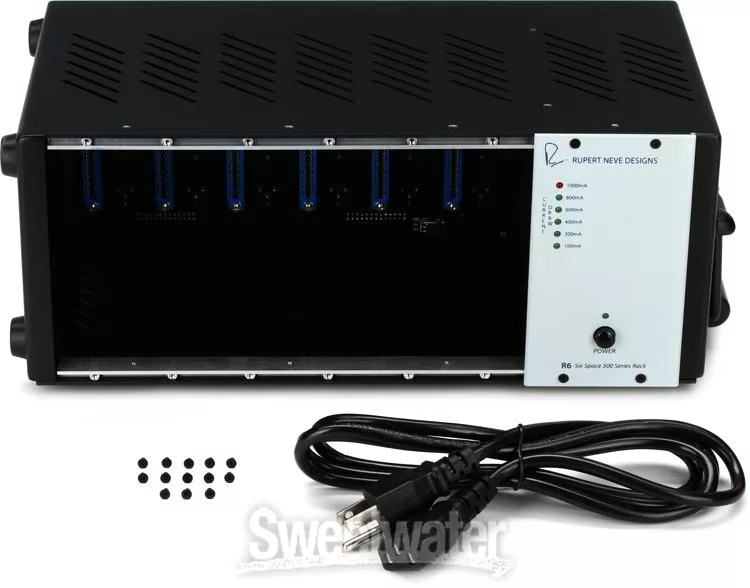
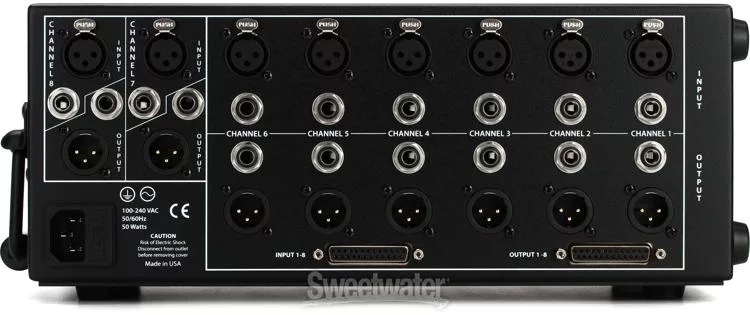

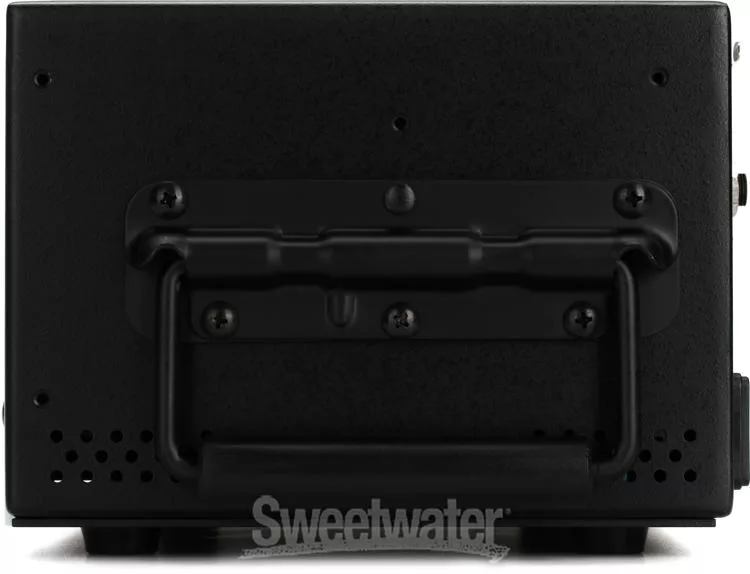

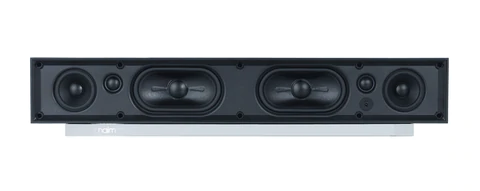






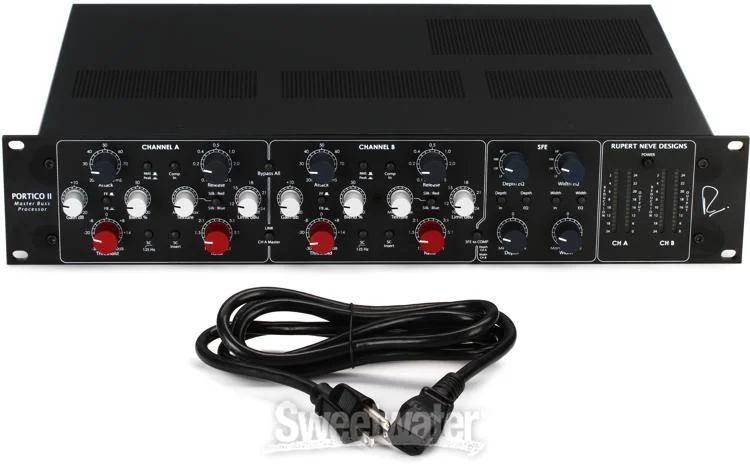



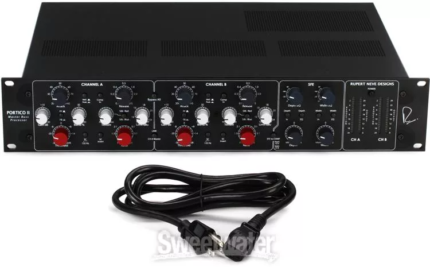
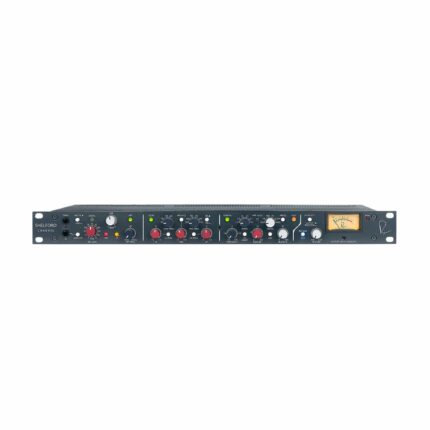
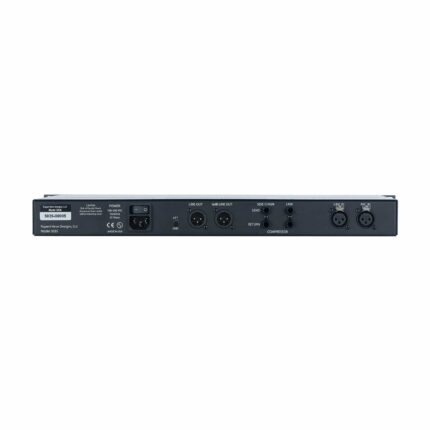





Reviews
There are no reviews yet.